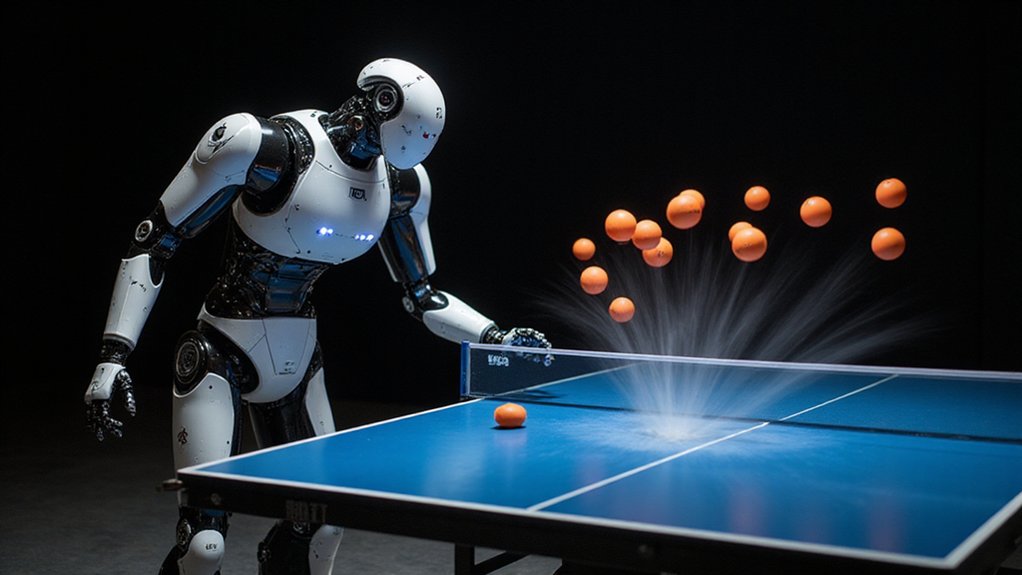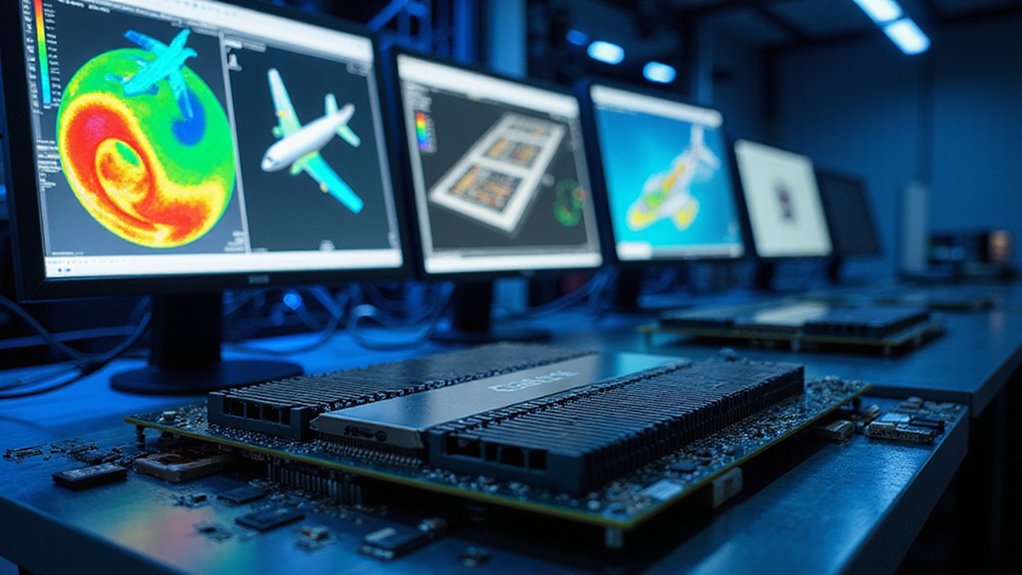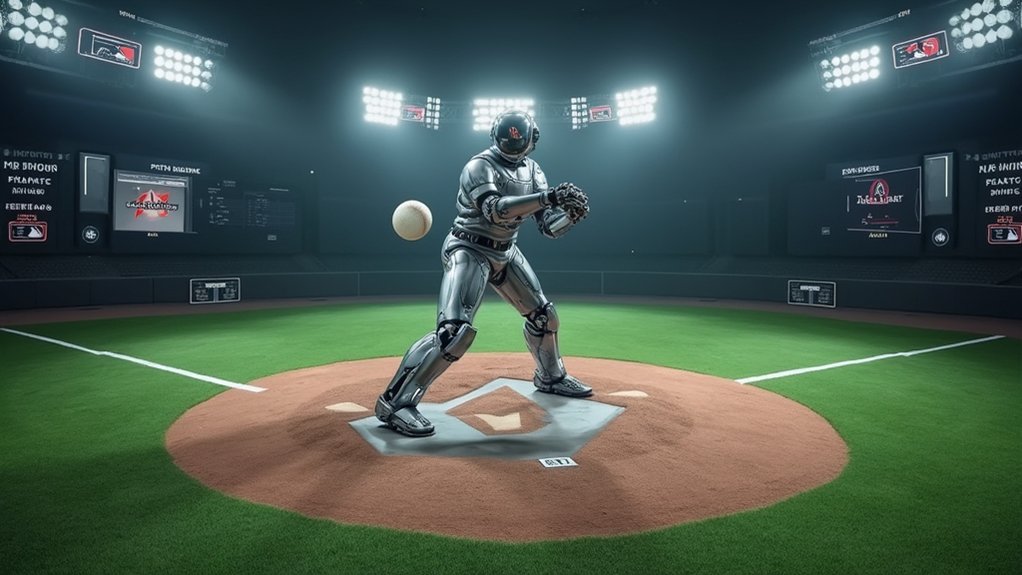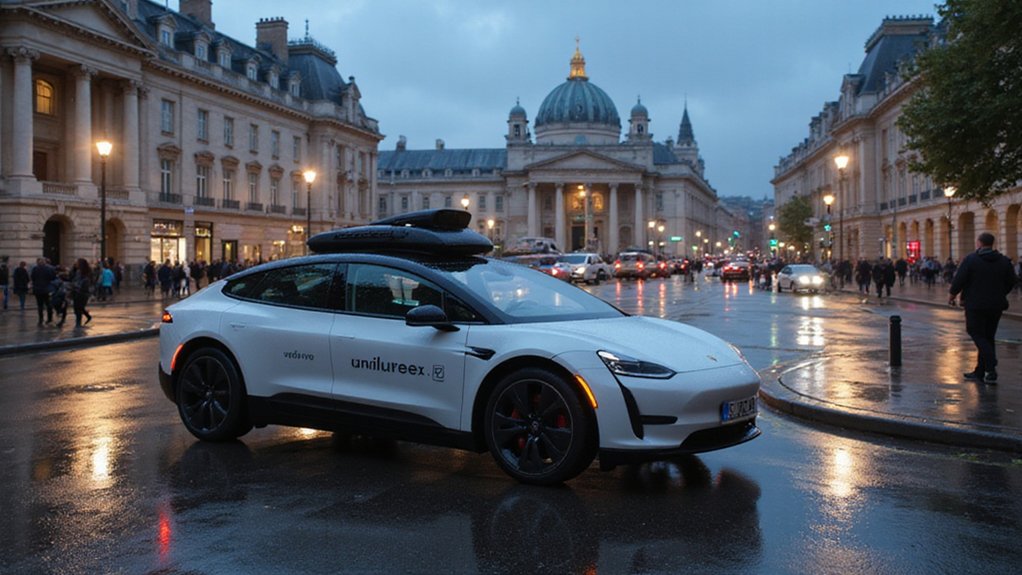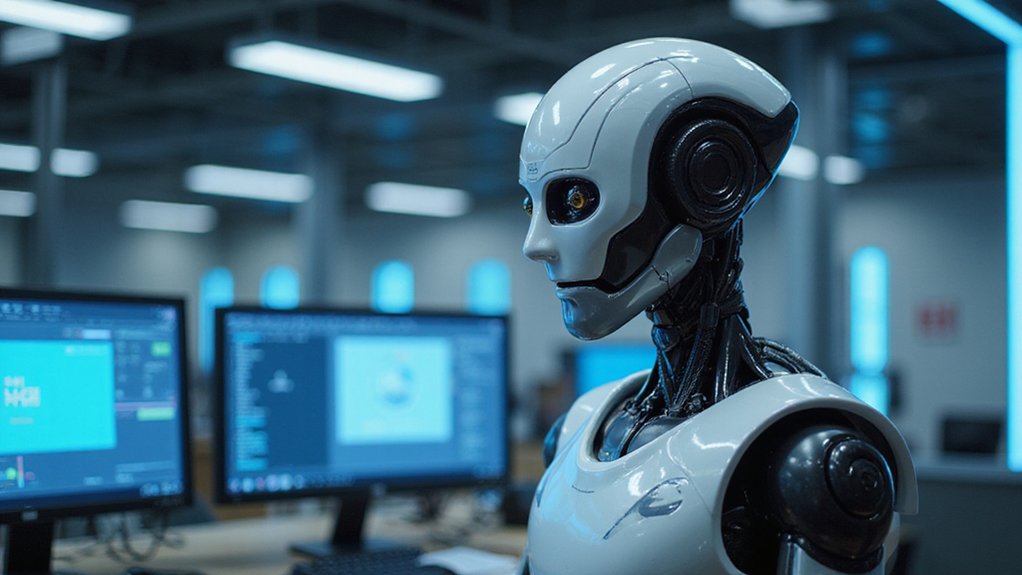Table tennis training now has a high-tech partner. The new robot uses BASF wheels to launch balls at speeds up to 65 MPH with precise spin control. It moves side-to-side and recycles balls automatically, mimicking real match conditions. Players can adjust both speed and frequency to match their skill level. This mechanical opponent doesn’t get tired, doesn’t need breaks, and doesn’t miss practice. What could this mean for the future of the sport?
As table tennis technology continues to evolve, a new generation of training robots is changing how players practice their skills. These advanced machines offer features that were unimaginable just a few years ago, giving players of all levels access to professional training tools.
The latest robots use dual BASF ball-throwing wheels that can send balls at speeds from under 10 MPH to a blazing 65 MPH. Players can choose from 1.2 to 170 balls per minute, depending on the model they’re using. This range allows beginners to start slow and pros to train at match-like speeds.
Modern table tennis robots deliver balls from a gentle 10 MPH to a blistering 65 MPH, with frequency options for every skill level.
Spin control is a key feature in these new robots. The NOVA S Pro and M-ONE models can deliver topspin, underspin, sidespin, or combinations of these. The Power Pong ALPHA uses a unique 3-wheel head design for even more spin options. Players can adjust the head angle to practice serving or returning shots with different trajectories. The ALPHA model can store favorite drills in its 22 memory slots for quick access to personalized training routines.
Control options have also improved dramatically. Most robots now offer app control, wireless remotes with LCD displays, or physical buttons on the unit. The SMARTPONG series even includes pre-programmed memory modes for different ball routes and patterns. Some models feature 264 pre-programmed drills covering everything from basic entertainment to professional-level training scenarios.
These robots don’t just shoot balls in one direction. They can oscillate from side to side, covering the full table or focusing on specific areas. This creates dynamic drills that mimic real match situations. The automated ball recycling systems mean players can practice for hours without stopping to collect balls.
The technology behind these robots has earned global recognition. SMARTPONG robots are patented in multiple countries including Germany, the USA, Japan, and China. They use advanced BLDC motor technology and comply with international electrical standards.
From the club-level NOVA S Pro to the pro-grade M-ONE and the innovative Power Pong ALPHA, there’s a table tennis robot for every skill level. They’re quiet, safe, and built for extended use, making them valuable training partners for anyone looking to improve their game.
